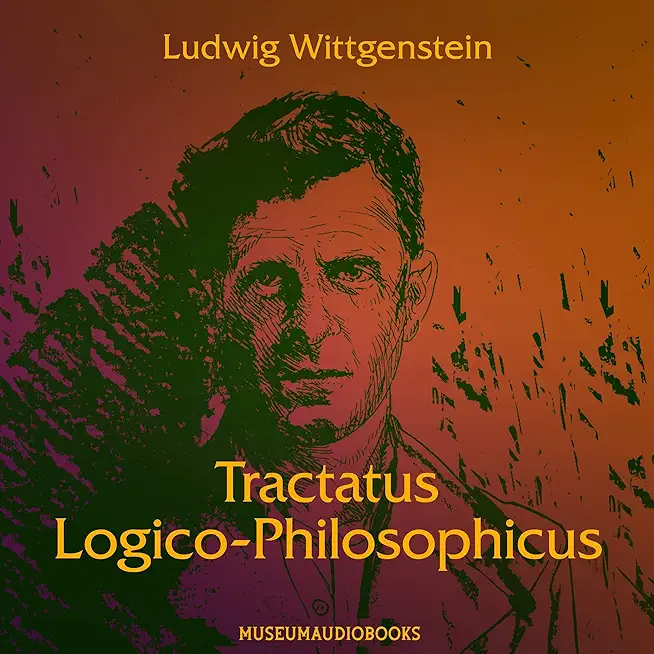
Since its original publication in 1897, Dracula has spoken aloud some of our deepest cultural anxieties: fear of sexuality, xenophobia, homophobia, and distrust of The Other. One of the most recognizable and pervasive characters ever written, Stoker's Count Dracula is much more terrifying than the caped and fanged representation that has grown so familiar. The Count's menace lies not solely in his deadly bloodlust, but also in his harrowing ability to hide his malfeasance behind power and privilege.
When Jonathan Harker unearths Count Dracula's (un)deadly secret, he unwittingly starts a war between good and evil with disastrous repercussions. The innocent Lucy Westenra falls prey to the vampire's curse, Mina Harker narrowly escapes a vicious transformation, and the indefatigable Abraham Van Helsing risks life and afterlife to defeat his archnemesis. As Silvia Moreno-Garcia explores in her new introduction, this outbreak of an ancient threat in a modern world introduced a radical new element to vampire folklore, one which has only gained significance in the twenty-first century: vampires as disease-bearing victims of the same chaos that they spread.
In his new foreword, Alexander Chee grounds the novel in the potential queerness of Stoker's literary circle, and delves into our growing fascination with, and affection for, both the horror genre and its monsters. Dracula is both a resonant contemplation of the unknown and a cautionary reminder that evil doesn't always announce itself with bats and coffins; it lurks within the normal and the mundane, just waiting to be invited in.







